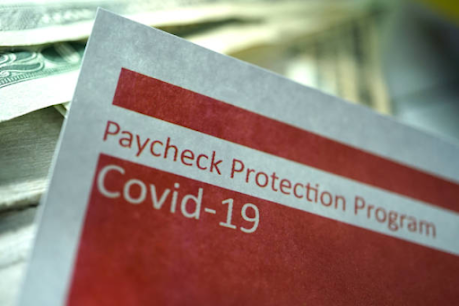Everything You Need To Know To File Your Employee Retention Credit In 2023 (Do I Qualify? How Much Can I Get?)
The Employee Retention Credit (ERC) has been a hot topic of discussion throughout the outbreak. However, many businesses feel ineligible for the credit, and even more still need to be. You may have been bombarded with emails, text messages, and phone calls claiming that your business or group is eligible for federal funding.
We want you to understand all the intricacies, whether you're too busy to focus on it or need to know if your business is ready to start. As you do so, consider how the ERC credit may apply to your situation.
ERC: Employee Retention Credit
ERC Tax Services is a refundable payroll tax credit for businesses that can demonstrate that COVID-19 has impacted them. ERC is available to both for-profit and non-profit organizations. The Coronavirus Aid, Relief, and Economic Security (CARES) Act created the credit in March 2020 to provide financial assistance to businesses that keep their employees on payroll. despite the COVID-19 outbreak.
The ERC will be accessible from March 13, 2020, to September 30, 2021. If the employee qualifies, you can calculate the credit as a percentage of earnings paid during the relevant period. The credit can be up to $5,000 per employee in 2020 and $21,000 in 2021.
Eligibility To Receive ERTC
The ERTC is a tax credit for employers impacted by the COVID-19 pandemic. To qualify for an ERTC, an employer must have the following:
Has had its functions suspended in whole or in part due to a government order related to COVID-19 or
Total revenue for the calendar quarter decreased significantly compared to last year's period. Additionally, the employer must have yet to receive a Paycheck Protection Program loan in the same quarter in which they are claiming the ERTC.
How Does Employee Loyalty Credit Work?
The ERTC is a refundable tax credit for qualified employers experiencing economic hardship due to the COVID-19 pandemic. The credit equals 50% of eligible wages per calendar year, up to $10,000 per employee. To claim the credit, eligible employers must file Form 941, Employer's Quarterly Federal Income Tax Return, with the IRS.
It's important to note that credit cannot be claimed for any wages. Even if the Paycheck Protection Program loan is forgiven.
Is Employee Loyalty Credit Only Available To Full-Time Employees?
No, the Employee Retention Credit (ERC) is available to full-time and part-time employees and ERC tax service for employers who retain and continue to pay employees during certain periods of economic hardship, such as during the COVID-19 pandemic.
Can I Still Claim Employee Loyalty Credits?
The Employee Retention Credit (ERC) was first made available in the CARES Act 2020. And was extended by the Consolidated Appropriations Act of 2021. The ERC is available to employers eligible to pay wages from March 13, 2020, to December 31, 2021. If your business qualifies for the ERC, you can claim the credit on your quarterly employment tax return or Form 941.
Do Employee Loyalty Credits Need To Be Refunded?
The Employee Retention Credit (ERC) is a refundable tax credit, which means that if the amount of the credit is greater than the employment tax payable by the employer, the employer can receive a refund of the excess credit amount.
Registering TO ERC
Employers can claim the ERC requirements by reporting the credit on their quarterly employment tax return (Form 941). And include the credit amount as a credit against employment taxes payable by the employer.
To claim the credit, employers must complete Form 941, Employer's Quarterly Federal Income Tax Return, and report the credit on line 12. Additionally, employers Employees must complete Form 941-X, Adjusted Quarterly Federal Income Tax Return from Employer or Refund Claim, to claim the credit.




Comments
Post a Comment